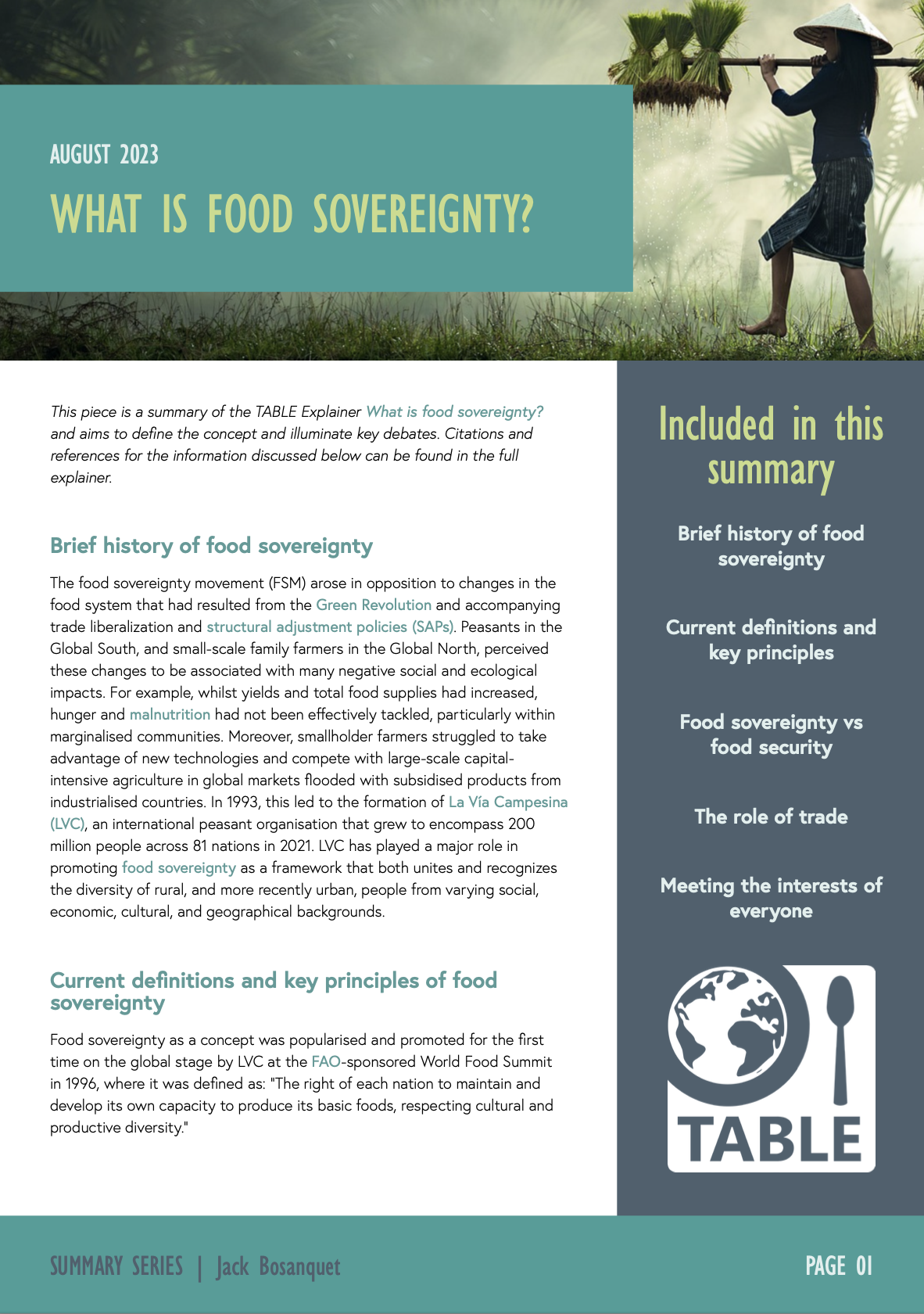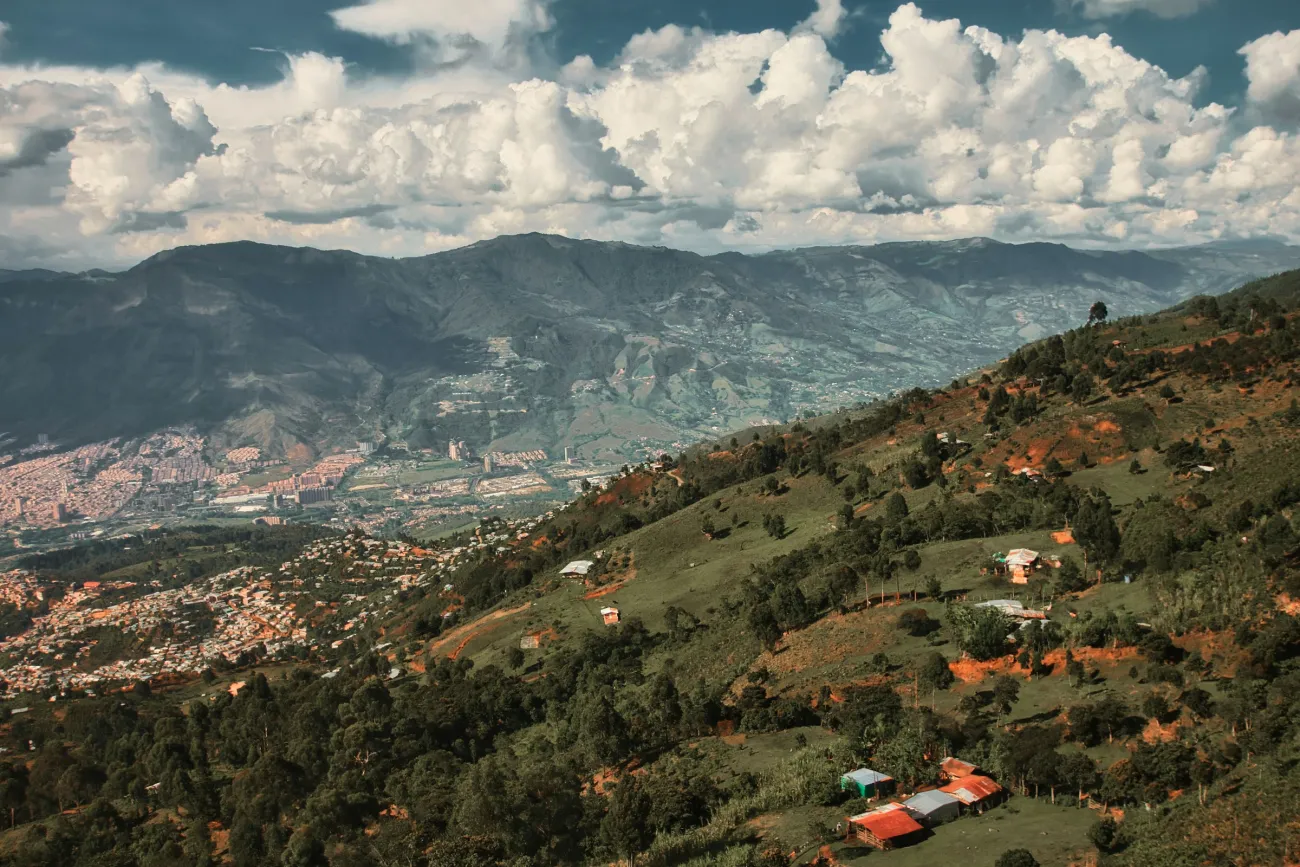Current definitions and key principles of food sovereignty
Food sovereignty as a concept was popularised and promoted for the first time on the global stage by LVC at the FAO-sponsored World Food Summit in 1996, where it was defined as: “The right of each nation to maintain and develop its own capacity to produce its basic foods, respecting cultural and productive diversity.”
The concept of food sovereignty has since been embraced by an array of actors and has developed into a food sovereignty movement (FSM). As the FSM has grown, definitions of food sovereignty have become more comprehensive and inclusive, with that offered in 2007 following the Nyéléni Forum being the most extensive one yet. This defines food sovereignty as: “The right of peoples to healthy and culturally appropriate food produced through ecologically sound and sustainable methods, and their right to define their own food and agriculture systems. It puts the aspirations and needs of those who produce, distribute, and consume food at the heart of food systems and policies, rather than the demands of markets and corporations.”
However, the FSM consists of many highly diverse and heterogeneous sub-groups, and so tends to avoid defining specific food sovereignty visions too strictly, instead encouraging context-specific solutions based on shared principles. Thus, it may be easier to discuss what food sovereignty and the FSM stand against: the dominance of industrial agriculture; neoliberal free trade policies (particularly export dumping and export subsidies); and the undemocratic governance of food and agricultural trade (primarily via the World Trade Organisation (WTO)).







Comments (0)